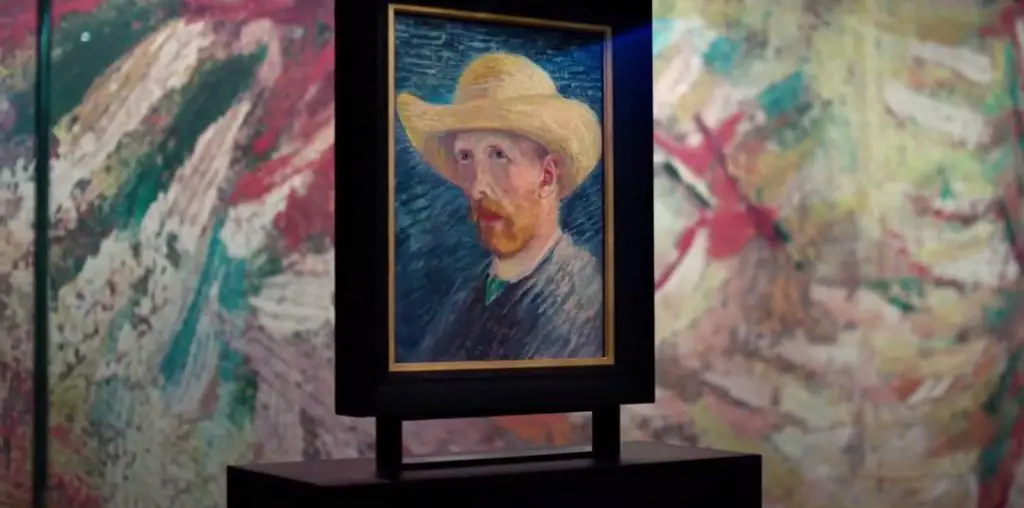
Reese Witherspoon is the worst and the best thing about Mira Nair’s film “Vanity Fair.” Based on William Makepeace Thackeray’s novel, “Vanity Fair” follows Becky Sharp (Witherspoon), who is born into poverty but uses charm and smarts to ascend the social world of an early 19th Century London. Orphaned at a very young age, Sharp attends a girl’s school where she learns music, art, and French in addition to how to scrub floors. Upon her “graduation,” aka employment as governess for the daughters of the Crawley household, Sharp embarks on a mission to get as far away from being penniless as possible. Witherspoon’s English accent is atrocious, her forehead and chin look a bit funny in certain close-ups, and she’s a horrible dancer. Oddly, though, there’s a spark in her personality that fits well with her character’s cleverness. What makes Witherspoon’s performance work is largely due to Nair’s stylistic approach in bringing “Vanity Fair” to the screen.
Unlike period pieces a la Merchant-Ivory, where color schemes are mostly drab and lighting “natural,” “Vanity Fair” teems with passionate reds, gentle purples, and bright turquoises. The lighting design ranges from warm to cold according to what is emotionally and aesthetically appropriate for any given scene. With such a rich palette, Nair places a subtly contemporary touch to the film, which complements Witherspoon’s presence and ensures she does not appear out of place. Witherspoon’s interactions with the other characters are genuine, creating convincing chemistry. Her Sharp provides an especially nice contrast with Romola Garai’s somewhat naïve Amelia Sedley.
Even if you cannot comfortably envision Witherspoon in this sort of film, the supporting cast delivers performances that are too strong for you to react too negatively to “Vanity Fair” solely on account of Ms. Legally Blonde’s role as main character. Bob Hoskins is scruffily endearing as Pitt the Elder, Becky Sharp’s first link into a better life; James Purefoy’s Rawdon Crawley is noble and loving as Sharp’s husband; and Gabriel Byrne is wicked as an externally unfeeling but internally temperamental art collector named Steyne, who introduces Sharp to the ugly side of high society.
“Vanity Fair” has a relatively good script (the product of three writers), and the acting as well as Nair’s directing is solid throughout. But, taking into account what liberties were likely taken (historically in terms of costume and narratively in reference to the novel), how much you like or dislike Reese Witherspoon, and the 137 minutes of running time, you’ll want to think very carefully if you truly want to watch this film. The previews for “Vanity Fair” offer an air of exoticism, which is an accurate descriptor, but it’s slightly misleading too. The film is fundamentally for females. With the exceptions of male Witherspoon fans or males who will gladly watch any film that has any amount of heaving bosoms, it’s difficult to imagine a man enthusiastically wanting to see it. Although, if you’re interested in an indoor activity that will stimulate the audiovisual senses and take over two hours to complete, “Vanity Fair” may satisfy your needs.
